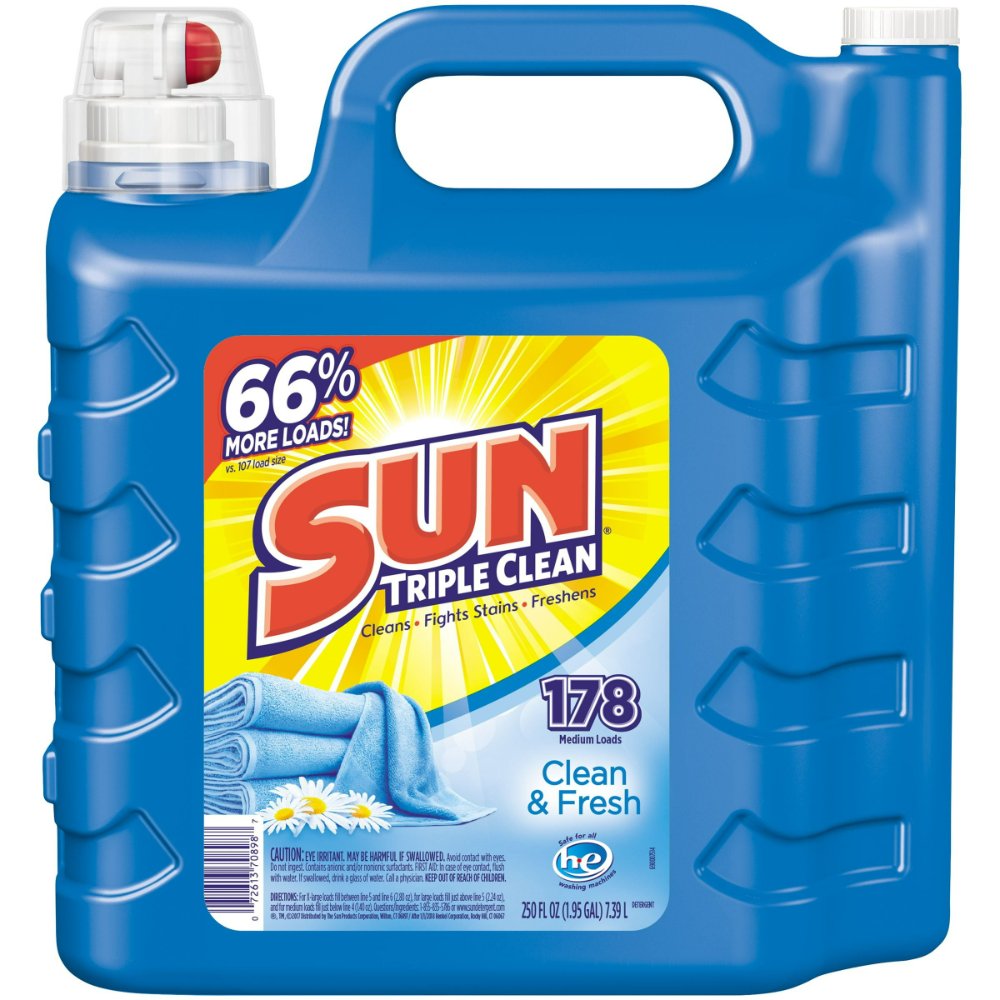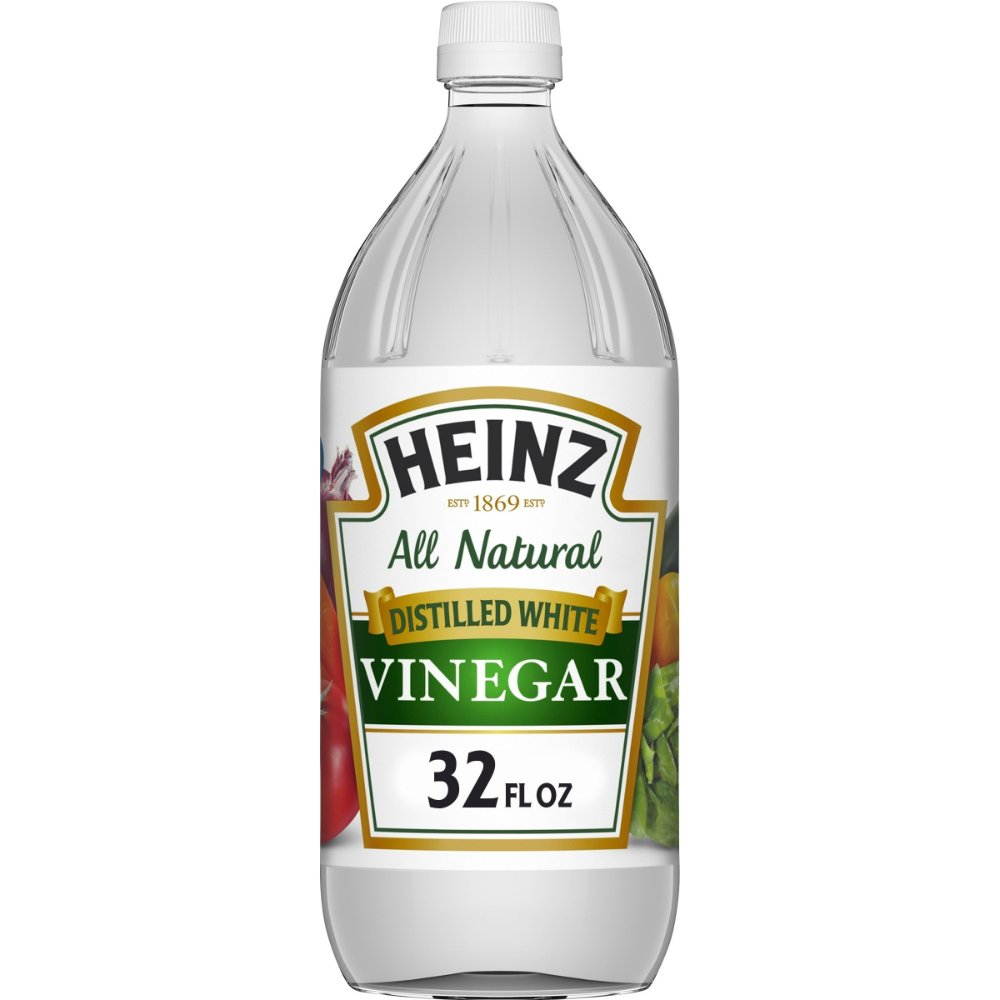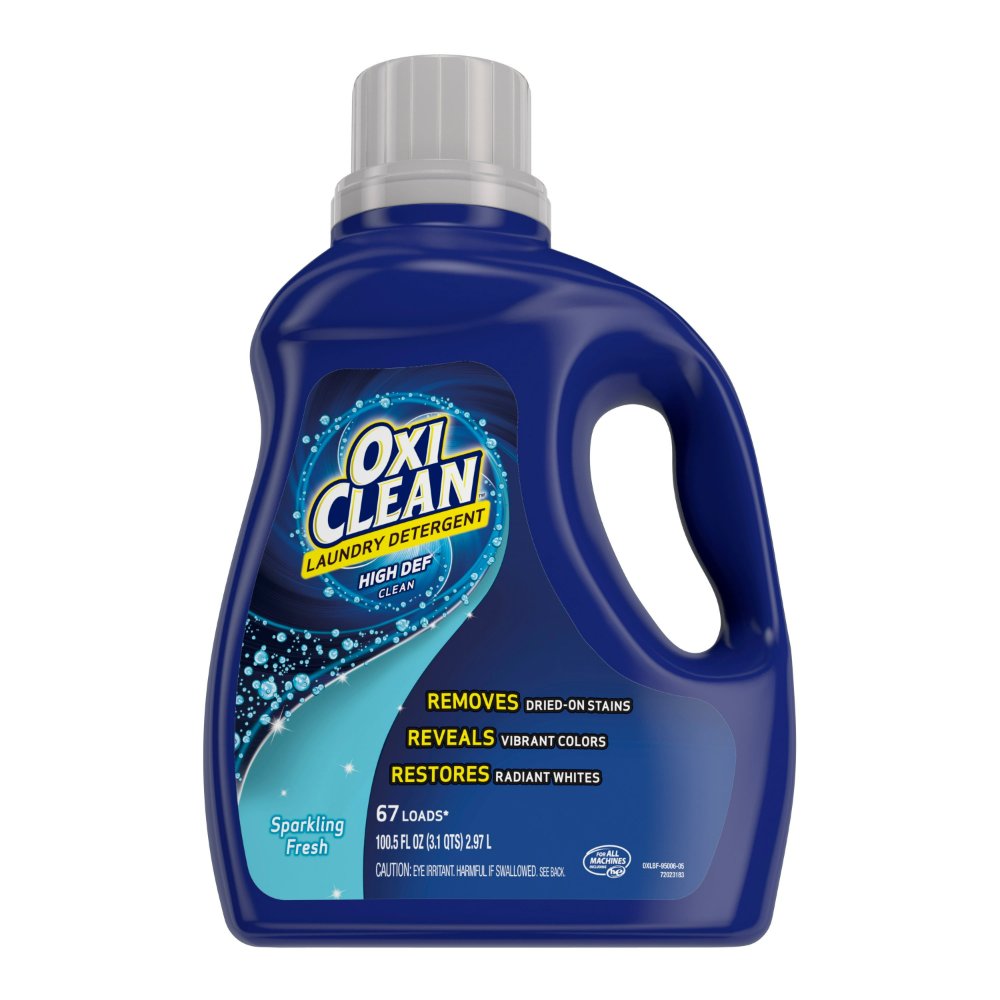Introduction to the Use of Vinegar in Laundry
In recent years, vinegar has seen a resurgence as an eco-friendly laundry aide. This humble kitchen staple, known for its acidity, has gained a reputation as a natural means to enhance the cleaning power of laundry detergent. There is a question: can I use vinegar and laundry detergent together? Many users have reported that vinegar, when added to the laundry cycle, can lead to clothes that are not only cleaner but also smell fresher and feel softer. Moreover, vinegar is appreciated for its ability to maintain the washing machine in top condition by removing any lingering detergent residues.
While the effectiveness of vinegar is noted, one should also be mindful of the material and color of the clothing it is used on. Certain fabrics may react poorly to acidic substances, thus recommendations typically suggest a cautious approach to the use of vinegar in laundry. With a plethora of laundry tips available, vinegar’s role in a regular wash cycle sparks interest among those seeking to use more natural products without compromising on cleanliness and hygiene.
The use of vinegar in laundry is not just about enhanced cleaning power, but also aligns with a growing trend towards sustainable and economic household practices. It champions the cause of reducing reliance on chemicals while embracing non-toxic, biodegradable alternatives that are readily available in most homes. Understanding the right way to harness the benefits of vinegar will enrich your laundry routine, promising a practical solution for daily domestic chores.

Chemical Reactions Between Vinegar and Detergent
When you add vinegar to your laundry, it reacts with the detergent. This reaction is key to understanding whether vinegar boosts the detergent’s power.
Neutralization Process
Vinegar is an acid, and many laundry detergents are alkaline. When they mix, they neutralize each other. This means the acid level drops, reducing vinegar’s strength as a cleaner.
Precipitation Effects
Sometimes the reaction creates a solid, called a precipitate. This can make your clothes feel rough. It’s like tiny bits of salt sticking to the fabric.
Impact on Enzymatic Action
Enzymes in detergent break down stains. Acid in vinegar can stop these enzymes from working well. This makes it harder for the detergent to clean your clothes.
Benefits of Combining Vinegar with Detergent
Vinegar, when used correctly, can enhance laundry in several ways. Let’s look at the key benefits of adding vinegar to your detergent during the washing process.
Enhanced Cleaning Abilities
Vinegar boosts detergent’s power, tackling tough stains and removing built-up grime. Its acidic nature cuts through residues, leaving clothes looking cleaner.
Odor Removal and Fragrance Enhancement
Unpleasant smells vanish with vinegar. It targets odor-causing molecules, ensuring clothes come out of the wash smelling fresh. Vinegar can also enhance the scent of your laundry by neutralizing any odors that detergents can’t remove on their own.
Softening Clothes Naturally
Vinegar acts as a natural fabric softener. It relaxes fibers without the harsh chemicals found in conventional softeners, making clothes feel soft and comfortable. This not only improves the texture of your clothing but also can reduce the amount of static cling experienced after drying.
Extending Washing Machine Life
Regular use of vinegar helps keep your washing machine clean. It dissolves detergent deposits and mineral build-up, which can prolong the life of your appliance. This maintenance ensures a cleaner wash for your clothes and can help prevent mechanical issues caused by residue accumulation.

Recommended Usage and Precautions
Using vinegar in laundry can be beneficial, but it’s important to apply it correctly to avoid potential issues. Below are key guidelines and precautions when combining vinegar with your laundry routine.
Guidelines for Mixing Vinegar with Detergent
When planning to use vinegar with laundry detergent, follow these simple steps:
- Dilute the vinegar: Mix 1/2 cup of vinegar with one cup of water.
- Add it at the right time: Pour the vinegar solution into the fabric softener compartment, not directly with detergent.
- Measure correctly: Do not exceed 1/2 cup of vinegar per laundry load.
- Choose the right vinegar: Use white vinegar to avoid staining clothes.
These steps help ensure that vinegar complements the detergent without causing unwanted reactions.
Potential Risks and How to Mitigate Them
Be mindful of the potential risks associated with using vinegar in laundry:
- Fiber damage: Excessive vinegar may weaken clothing fibers. Use sparingly.
- Color changes: Test vinegar on a small fabric area to check for any color alterations.
- Reaction with additives: Do not mix vinegar with bleach or commercial fabric softeners.
- Residue: If you notice any white residue, reduce the vinegar volume or frequency.
Taking these precautions helps minimize any negative outcomes while enjoying the advantages vinegar brings to your laundry process.
Eco-Friendly and Economical Aspects
Using vinegar in laundry supports both environmental and financial wellness.
Environmental Benefits
Vinegar is biodegradable and non-toxic, making it an eco-friendly choice for laundry. Compared to many commercial laundry detergents that contain harsh chemicals, vinegar offers a gentler alternative that minimizes pollution. This helps protect our water sources and reduces chemical exposure, making it safe for the environment and for humans alike.
Cost-Effectiveness
Vinegar is also highly cost-effective. It is cheaper than most fabric softeners and specialty detergents. Using vinegar can help you save money on laundry products. Moreover, its multipurpose nature means you can use one product for various cleaning needs around the home, further reducing costs.
These aspects make using vinegar a wise choice for those looking to make environmentally sound and economically sensible decisions in their household routines.

Practical Tips for Applying Vinegar in Laundry
Incorporating vinegar into your laundry routine is simple and effective. Here are some practical tips:
Preparation and Usage Instructions
- Prep your vinegar solution: Mix 1/2 cup of white vinegar with one cup of water.
- Add at the right time: Pour your vinegar mix into the fabric softener compartment of your washing machine.
- Right dosage: Stick with 1/2 cup of vinegar per load to avoid damage to fabrics.
- Use white vinegar: It prevents potential stains that other vinegars might cause.
- Spot test: Apply vinegar to a small area of fabric first to check for any color changes.
By following these steps, you can enhance your laundry results safely and effectively.
Expert Laundry Care Tips
- Cold water washes: Preserve fabric integrity and color by using cold water settings.
- Sort by color: Keep colors bright by washing similar shades together.
- Read labels: Check care instructions on clothing tags for best results.
- Select the cycle wisely: Use gentle cycles for delicates to reduce wear and tear.
- Don’t overload: Give your clothes enough space to get cleaned properly in the washer.
- Iron responsibly: Use low heat and a protective layer to guard fabrics while ironing.
- Dry clothes with care: Air drying is safest. If using a dryer, opt for a low heat setting.
Adopt these tips to optimize your laundry routine and ensure your garments stay in top shape.
Conclusion and Recommendations
In the realm of laundry care, the fusion of vinegar and laundry detergent emerges as a technique with dual facets. On one hand, vinegar has the prowess to enhance the detergent’s capacity to banish stains and odors, offering a softer touch to fabrics and contributing to the longevity of washing machines. On the environmental front, it stands as a champion of sustainability, providing a non-toxic, biodegradable alternative to traditional laundry additives.
Yet, its application calls for prudence. Excessive or improper use could lead to weakened fibers and altered colors. Hence, adhering to specific usage guidelines is paramount. A half-cup of diluted white vinegar, introduced during the rinse cycle, suffices. Always conduct a spot check for colorfastness and bear in mind that vinegar may not play well with all fabric types.
For those inclined to integrate vinegar into their laundry routine, remember these key takeaways:
- Mix vinegar with water before use.
- Introduce the vinegar solution into the fabric softener dispenser, not the detergent slot.
- Abide by the prescribed measure: no more than half a cup per load.
- Prefer white vinegar to avoid potential staining.
- Test on a discrete fabric segment before fully committing.
Vigilance in application ensures that the benefits of vinegar are harnessed without compromise. With this knowledge, one can approach laundry with an eco-conscious and economically savvy mindset, reaping the rewards of cleanliness and fabric care while mitigating the associated risks. Embrace these recommendations and may your laundry endeavors be both fruitful and mindful.